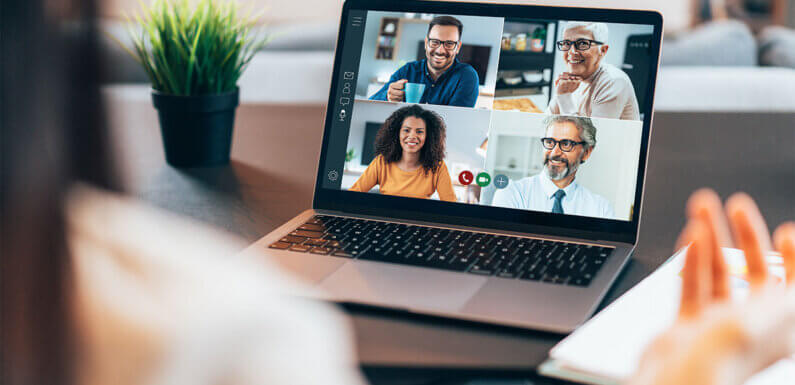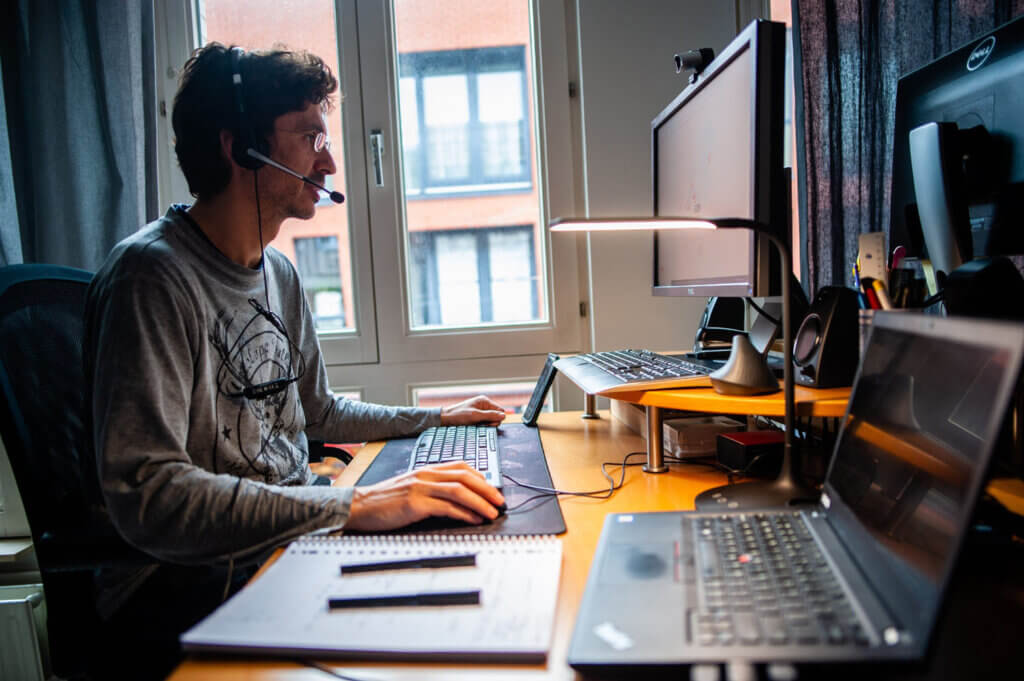
While it may feel like an eternity ago, normal working conditions in ordinary offices were the norm only a few months ago and nobody could have possibly predicted the scale and speed of which the coronavirus shut down life as we knew it. Whether or not you like the new world of working from home, it is important to remember that it is not so easy for everyone to make the transition.
For whatever reason, some members of your team may be having difficulties making the switch, so we have provided a few tips to help you make sure that your team is properly equipped to work remotely.
Make sure they have what they need
This one can be particularly easy to forget if you have everything you need. Remember that not everyone has the hardware and software available to make the sudden switch to remote working. To avoid any issues like work delays or a drop in quality, be sure to check with each team member to make sure they have what they need. The bare minimum of what they need will be a laptop, a decent internet connection, and any software that your company uses on a daily basis.

Whether you need to provide laptops or software to them, or even if they just need a hand getting into the swing of working from home, make sure you are there for them and do everything in your power to provide the necessities.
Adapt your communications
Communication is obviously a huge factor in remote working as employees can no longer drop by a co-worker or manager’s office to ask a quick question or clarify something. You may already be aware of applications like Zoom, Skype, and Microsoft Teams that have gained a huge boost in popularity lately since they are the perfect tool to use when you need to host an online meeting. While these applications are not ideal and will not replace face-to-face interaction, they are a great help and offer plenty of features to help keep things running smoothly.
These features include things like virtual backgrounds for zoom meetings that can be used for a variety of things, for example, they can be used to hide sensitive information that may be in view, to hide people walking around behind you, and even just to hide an untidy room to help you maintain a professional appearance without having to rush and clean up before your meeting.
There are also other features such as screen sharing which allows you to quickly share information among the call, and virtual whiteboards that allow you to effectively brainstorm ideas and discuss topics, just like a physical one. Virtual meetings may not be quite the same as their physical counterparts, but there are plenty of things you can do to help streamline your communication.
Check up on your team

For some, the quarantine is far tougher than for others. Problems like depression can be exacerbated due to the newfound lack of human interaction and plenty of people can start to feel lonely due to the forced isolation, especially if they live alone. Be sure to check up on each of your team members individually at least once a week. Give them a call if possible and have a chat to see how they are doing personally and how they are getting on with work. A gesture as simple as one check-up a week can help people to feel like they are still a valued member of society, even if they are stuck at home alone.
Stay flexible
Finally, it is essential to stay flexible. The modern world has never seen anything quite like this pandemic so there are no guidelines that help detail what to do in the situation. Instead, the responsibility falls to managers and companies to stay flexible to make the current way of living as painless and smooth as possible. Check up on your employees, make sure they have what they need, and most importantly listen to their feedback on how you can improve their current work situation and try to implement any good ideas they have.

